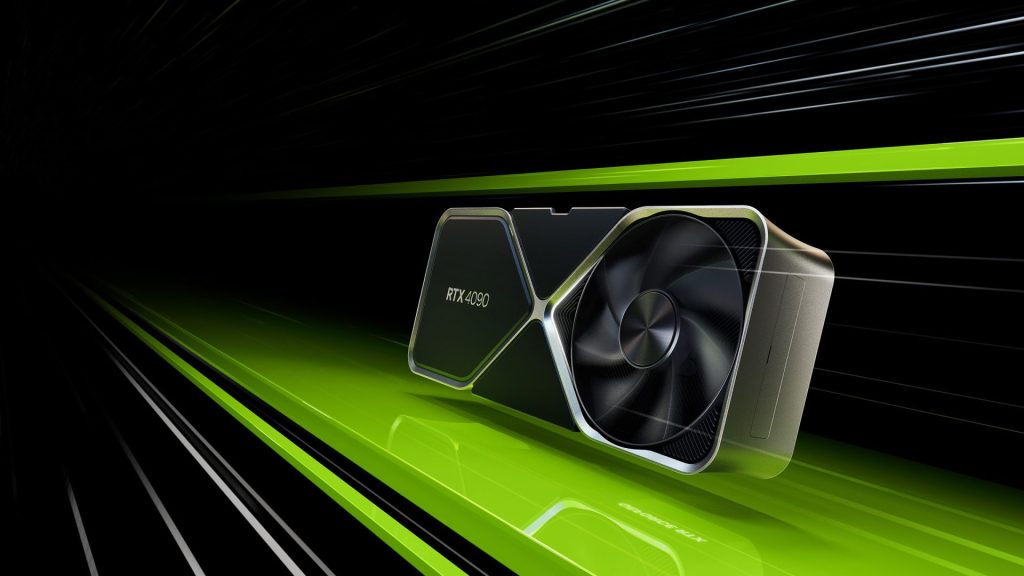
Photorealism is a tricky thing to get right when it comes to video games. Sure, it’s possible to create static photorealistic scenes with today’s GPUs, but to animate that image in dynamic 3D, and make it playable without sacrificing fidelity and frames is another thing entirely. We’ve come a long way with recent advancements in AI frame generation and Unreal Engine 5’s Nanite and Lumen rendering systems, but is it enough to pave the way for next-gen consoles like the PS6 to render photorealistic graphics?
It’s certainly closer than we thought it’d be, but still not quite there yet. Before diving into the current state of modern GPUs and recent PS5 Pro leaks, let’s look back on the PS5 architecture itself. Built on an AMD RDNA 2-based GPU with 10.28 teraflops, the PS5 utilized its SSD to supply super-fast loading times and 4K graphics. Console gamers are aware of the performance versus graphics mode dilemma that accompanies every game log-in, and that’s one area where we see a bottleneck preventing games from achieving photorealism. If the PS5’s four-year-old AMD tech isn’t up to the task of generating 4K ray tracing at 60 FPS, it sure isn’t able to generate any kind of photorealism.
That brings us to 2024. The most powerful consumer graphics cards today still can’t reliably produce photorealistic contexts beyond static scenes or tech demos. The Nvidia GeForce RTX 4090 is widely considered the best gaming graphics card as of 2024, yet a vast majority of games haven’t caught up to its 80-teraflop potential. You’d be even harder-pressed to find a CPU that can operate such demands at full capacity. Top-tier GPUs like the RTX 4090 come close to photorealism, but the $1,600 price point, high energy consumption, and lack of photorealistic games on the market make their potential greater than what they can currently run. Even so, the RTX 4090 still needs to make compromises now and then to consistently run games like Cyberpunk 2077 at 100 fps with 4K ray tracing: it’s close, but still not there yet.
Photorealism in gaming may be out of reach today, but there is an especially promising feature present in modern graphics cards that anticipates photorealism – and that’s AI upscaling technology. Nvidia’s DLSS is an AI-powered process that artificially enhances visuals to free up computational processes. AI can ease up the bottleneck problem with instantaneous speed, freeing up the CPU and GPU to render higher and higher-resolution 3D environments without excessive strain. Currently, GPUs with DLSS frame-generation enabled, such as the RTX 4090, still bottleneck occasionally when 4K ray tracing is pushed on high-end games, but that should be mostly solved when the next generation of graphics cards releases in late 2024. Machine learning AI solutions are a step in the right direction toward realizing photorealistic gaming, even if it’s not all there yet.
PlayStation’s partnership with AMD likely aims to master these machine learning AI solutions starting with PS5 Pro and culminating with the PS6. Reliable PS5 Pro leaks from Insider Gaming’s Tom Henderson say the updated console will run on the same Zen 2 CPU from the base PS5, however new AI upscaling in the form of PSSR and an upgraded 33 teraflops also power the PS5 Pro. Digital Foundry predicts that the PS5 Pro’s 8K PSSR upscaling “could be just as transformative for Sony as it has been for Nvidia DLSS.” The PS5 Pro’s 33.5 teraflop size is nothing to sneeze at, being over twice the size of the base PS5’s 10.23. Back in 2016, Epic Games founder Tim Sweeney said that 40 teraflops would be enough to generate photorealistic scenes in games, and we seem to be reaching that point with the PS5 Pro, if the leaks are accurate.

Though, if even the RTX 4090 (which features a whopping 80 teraflops) still lacks the surrounding infrastructure to run anything more than photorealistic tech demos, I wouldn’t bet on the PS5 Pro achieving it either. Late 2024 is shaping up to be a milestone time for computer graphics as the latest generation of GPU cards from Nvidia, AMD, and Intel have their sights set on a holiday 2024 launch. This new wave of technology will be the test bed for the PS6 when its development inevitably begins in earnest. PlayStation console cycles have reliably lasted about seven years, so we expect the PS6 to arrive in the 2027/2028 window. As such, expect the PS6 to feature next-gen AMD tech and the latest enhancements in PSSR AI upscaling, but don’t expect absolute photorealism across the board.
Rendering a photorealistic scene and a playable photorealistic sandbox are two vastly separate things. At present, the computational cost required to run photorealistic graphics with complex gameplay isn’t possible for consumer GPUs. DLSS AI upscaling sure does help mitigate the extreme computational cost of running ultra-high-resolution graphics with a smooth framerate, but the visuals are still a ways from photorealism.
Epic has been a key player in the graphical race with its launch of Unreal Engine 5 in April 2022. Unreal Engine 5’s Nanite and Lumen systems help automate the 3D rendering of high-resolution objects so that when your character looks at environments, all the angles of the object maintain their fidelity and complex lighting features without bottlenecking computational power. These are game changers in the 3D rendering space, but they still require an ultra-powered GPU along with CPU thresholds that don’t currently exist to fulfil their maximum potential. So, yes, it is likely that the PS6 will approach photorealistic 3D imaging, but whether or not the games will perform and animate such photorealism smoothly is questionable.

One problem to consider is the high enthusiast price that an 80 teraflop GPU costs to manufacture for consoles. PlayStation usually aims to price its consoles at a reasonable point. At the end of the day, the PlayStation is a hassle-free gaming box intended as an alternative to high-end PCs – it simply won’t feature the most powerful CPU/GPU due to the reality of console price points. Second, games require much more than mere graphical fidelity to function, leading to an inevitable bottleneck of computing power that hasn’t quite been solved yet. Machine learning AI advancements are going a long way toward offloading some of that CPU strain, but it’s unlikely we’ll be slaying dragons in dynamic photorealistic worlds with just DLSS or PSSR upscaling alone.
Lastly, gamers want experiences that run and perform smoothly, even if it comes at the cost of peak resolution. What’s your initial response upon seeing a PS5 benchmark screen? Probably to turn on the 60 FPS performance mode to sacrifice the graphical mode’s 4K ray tracing (unless it’s Final Fantasy VII Rebirth). When it comes to fast-paced action games like Sekiro or relaxed explorative experiences, gamers generally prefer a cohesively rich art style to mere graphical fidelity.
So, while photorealism will fit certain game aesthetics, the majority of stylistic games won’t bother sacrificing the effort and strain for the extra fidelity. Still, the advancement of AI upscaling and higher processing power can benefit any art style, so the more the merrier. We predict that photorealism still won’t be featured in many games during the PS6 generation, but it may be more common in 2030 when the potential PS6 Pro releases. What we’re seeing out of the RTX 4090 and PS5 Pro leaks are hopeful, but they still can’t reliably provide photorealistic experiences outside of tech demos and glorified photo modes.














